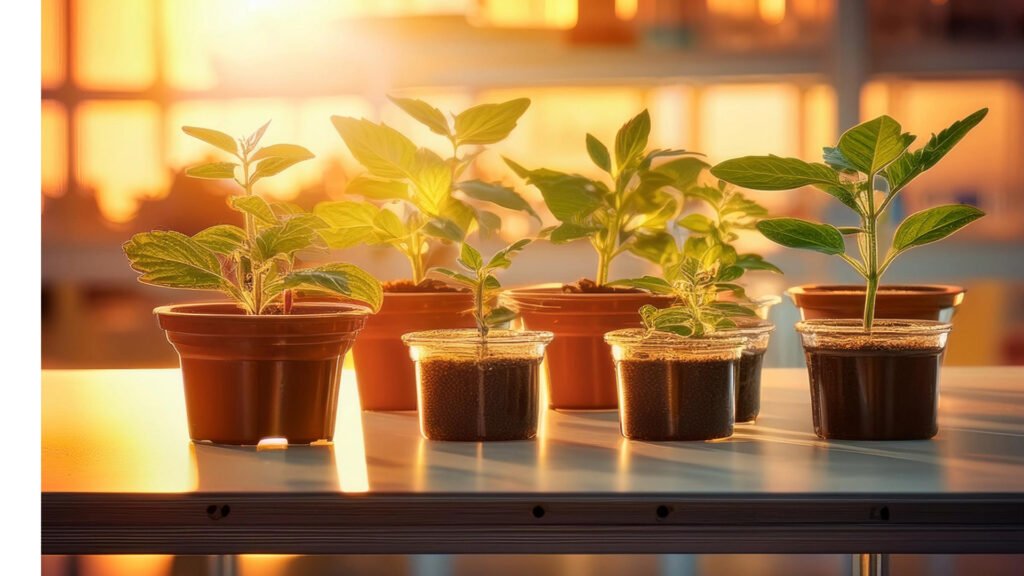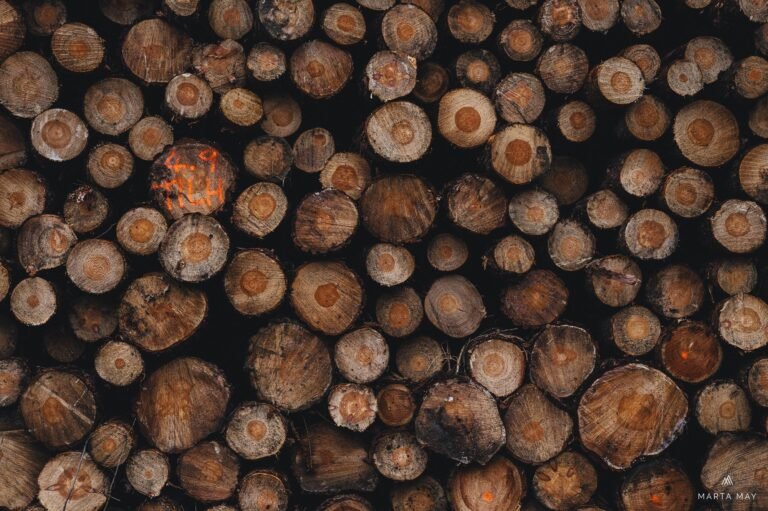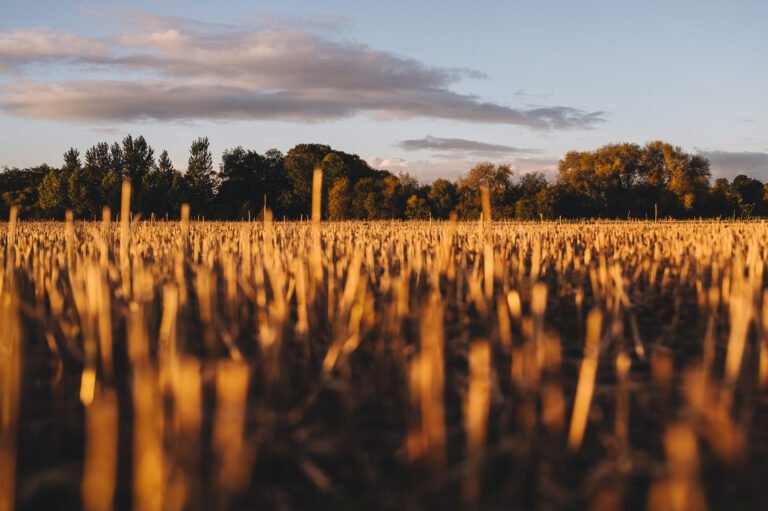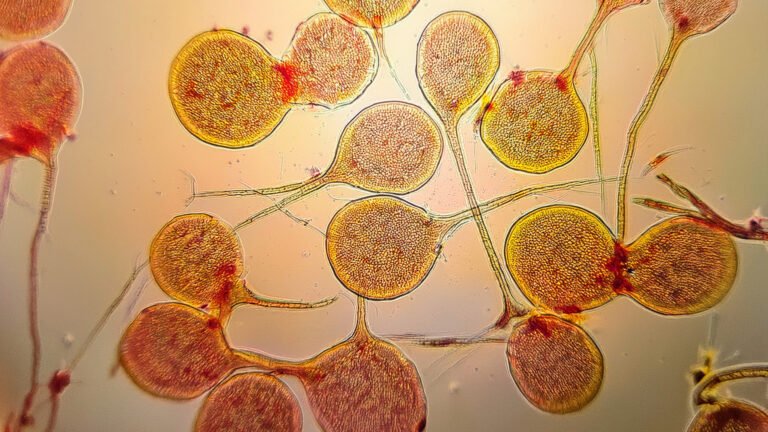Introduction: Farming for Profit and Planet Health
Farming today means more than just growing good crops – it’s about protecting the land, cutting emissions, and staying financially strong in a changing world. The good news? The Exchange Market Program offers farmers a real chance to earn rewards for reducing greenhouse gas (GHG) emissions.
Instead of working harder with traditional methods, you can work smarter – adopting simple innovations that build better soil and lower your carbon footprint.
That’s where microbiological solutions like FabaStym and BactoRol Nitrogen come in. These natural products help you cut fertiliser use, improve soil health, and hit your carbon reduction targets – all while keeping your yields strong.
Can You Get Paid to Cut Emissions and Improve Your Soil? Yes – Here’s How
What if cutting back on fertiliser didn’t hurt your yield – but actually improved your soil and earned you £60 per tonne of emissions saved?
With the Exchange Market Program and microbial tools like FabaStym and BactoRol Nitrogen, it’s not just possible – it’s already happening.
In this post, we’ll show you:
- How the Exchange Market Program works
- Why Tier 3 and high-emission farms can especially benefit
- How FabaStym and BactoRol Nitrogen support better farming and bigger rewards
- Real-world examples of success you can follow
If you’re ready to boost your profits and your soil at the same time, read on.

Key Facts
The Exchange Market Program rewards farmers £60/tCO₂e for cutting emissions.
Tier 3 and high-emission farms can gain most from smart nitrogen strategies.
FabaStym fixes up to 500 kg/ha of nitrogen with legume crops.
BactoRol Nitrogen adds 35–50 kg/ha to non-legumes and reduces fertiliser use by 20–30%.
Microbial fertilisers support soil health, reduce water pollution, and improve biodiversity.
These natural solutions help farms align with environmental goals and cut long-term costs.
What Is the Exchange Market Program?
The Exchange Market Program, run by the Soil Association, gives farmers a new way to earn income by reducing greenhouse gas (GHG) emissions on their land.
Here’s how it works:
You get paid £60 for every tonne of CO₂e you cut, with 50% paid upfront and the rest after independent verification. These savings can come from switching fertilisers, improving soil health, or adopting more sustainable cropping practices. Even better? If your farm already emits below industry baselines, you could qualify for maintenance payments just for keeping emissions low.
But what if you’re not there yet?
Farms in Tier 3 (with higher-than-average emissions) or those above industry baselines face more challenges – but they also have the biggest opportunity to reduce emissions and get rewarded. These farms often rely on synthetic fertilisers, which are expensive and emissions-heavy. That’s why switching to smarter nitrogen strategies – like FabaStym and BactoRol Nitrogen – can be such a game-changer.
In short:
✔ Less fertiliser = lower emissions
✔ Healthier soil = better yields
✔ Verified savings = real money in your pocket
In the next section, we’ll show you how these natural nitrogen solutions actually work – and how they align with Exchange Market goals.
Meet Your New Secret Weapons: FabaStym and BactoRol Nitrogen
To succeed in the Exchange Market Program, you need smart ways to reduce emissions without hurting yields. That’s exactly where FabaStym and BactoRol Nitrogen come in. These two microbial products help you cut back on synthetic nitrogen fertilisers – one of the biggest sources of on-farm emissions – while boosting soil health at the same time.


FabaStym: Power from Plant Partnerships
FabaStym is a seed treatment for legumes like faba beans, clover, and soybeans. It contains symbiotic bacteria that form natural partnerships with legume roots. Together, they pull nitrogen straight from the air and make it available to plants—a process called biological nitrogen fixation.
Why FabaStym works for emissions goals:
- Can fix up to 500 kg of nitrogen per hectare naturally
- Helps reduce reliance on synthetic nitrogen fertilisers
- Supports healthy soils and improves root systems
- Increases plant resilience to stress and weather extremes
Less artificial nitrogen = fewer emissions + healthier crops.
BactoRol Nitrogen: Natural Nitrogen for Every Crop
BactoRol Nitrogen is a soil-applied microbial inoculant made from a mix of free-living nitrogen-fixing bacteria, including Bacillus species and Azotobacter vinelandii. Unlike FabaStym, it doesn’t need a legume partner – so you can use it on cereals, vegetables, orchards, or anywhere you want to cut back on fertiliser.
Why BactoRol Nitrogen fits perfectly:
- Fixes 35–50 kg of nitrogen per hectare per season
- Cuts fertiliser use by 20–30%
- Easy to apply (just spray before planting—no mixing or prep needed)
- Supports soil biodiversity and long-term fertility
Both products are safe, sustainable, and made to work with nature—not against it.
Next, we’ll look at how farms are already using these tools to cut emissions, qualify for rewards, and grow stronger crops with less fertiliser.

Case Studies: How Farmers Can Boost Results with Microbial Solutions
Whether you’re already performing well or trying to reduce higher-than-average emissions, FabaStym and BactoRol Nitrogen can help you make real progress under the Exchange Market Program.
Here are two examples showing how these products fit into farm strategies and unlock financial and environmental gains:
Example 1: A Farm Performing Better Than Average
Profile:
500-hectare mixed crop farm
Emissions: 1.8–2.05 tCO₂e/ha
Goals: Improve soil health, reduce synthetic nitrogen use, earn carbon reduction rewards
✔ Strategy 1: Legume Fallow with FabaStym
- Add nitrogen-fixing legumes like faba beans to the rotation
- Treat seeds with FabaStym to fix up to 500 kg of nitrogen per hectare
- Cut synthetic nitrogen inputs and reduce nitrous oxide emissions
- Improve nitrogen availability for following crops and enhance drought resistance
✔ Strategy 2: Replace Fertiliser with BactoRol Nitrogen
- Apply BactoRol Nitrogen pre-sowing
- Achieve 35–50 kg of nitrogen per hectare naturally
- Reduce fertiliser costs by up to 30%
- Improve soil microbial activity and biodiversity
Results:
- Eligible for £60/tCO₂e reduction reward
- Lower fertiliser bills
- Boosted soil fertility, plant health, and long-term resilience
Example 2: Tier 3 Farm with Above-Average Emissions
Profile:
350-hectare arable farm
Emissions: Over 2.05 tCO₂e/ha
Challenges: High fertiliser use, high input system, no maintenance payments
✔ Strategy 1: Companion Cropping with FabaStym
- Introduce nitrogen-fixing plants like clover or vetch alongside main crops (e.g. oilseed rape)
- Treat with FabaStym to enhance natural nitrogen input
- Reduce reliance on synthetic fertilisers
- Improve soil structure, biodiversity, and carbon storage
✔ Strategy 2: Variable-Rate Fertilisation with BactoRol Nitrogen
- Integrate BactoRol Nitrogen into a variable-rate system
- Deliver nitrogen more efficiently, reduce waste and leaching
- Maintain yield while cutting emissions and costs
Results:
- Access £60/tCO₂e reduction reward
- Lower operating costs through reduced fertiliser use
- Healthier, more resilient soil and stronger environmental credentials
Next up, we’ll take a broader look at why microbiological fertilisers are key to long-term sustainability – not just for Exchange Market rewards, but for the future of farming itself.

The Bigger Picture: Why Microbial Fertilisers Are the Future
Switching to natural solutions like FabaStym and BactoRol Nitrogen does much more than just help you qualify for the Exchange Market Program.
It also sets your farm up for long-term success – both financially and environmentally.
Here’s how:
Boosting Soil Health
Biological nitrogen fixation doesn’t just feed this year’s crops – it enriches the soil for years to come.
Better soil structure, improved organic matter, and healthier root systems mean stronger, more resilient fields.
Encouraging Biodiversity
Microbial inoculants support a thriving underground ecosystem, with more bacteria, fungi, and beneficial insects.
Healthier soils create farms that are more resistant to pests, diseases, and extreme weather events.
Reducing Water Pollution
Every kilogram of synthetic fertiliser you replace reduces the risk of nitrate and phosphate runoff into nearby rivers and streams.
Cleaner water means healthier ecosystems – and meets the rising demands for environmental responsibility from buyers and regulators.
Aligning with Policy Goals
Government policies like the UK Net Zero Strategy and the EU Green Deal are pushing agriculture to become more sustainable.
Adopting microbial solutions today not only earns you rewards through programs like the Exchange Market, but also positions your farm as a leader in regenerative, climate-smart farming.
In short: FabaStym and BactoRol Nitrogen don’t just help you meet emissions targets – they help you future-proof your business.
Conclusion: Smarter Farming with the Exchange Market Program
The pressure to farm more sustainably – and more profitably – has never been greater. But with the right tools, it doesn’t have to be a struggle.
By adopting microbiological solutions like FabaStym and BactoRol Nitrogen, you can:
- Improve soil health and long-term fertility
- Reduce synthetic fertiliser use and input costs
- Cut emissions and qualify for payments through the Exchange Market Program
- Build a more resilient farm that’s ready for future challenges
The rewards aren’t just financial. They’re environmental. They’re generational.
Every decision to work with nature today makes farming stronger for tomorrow.
Ready to Boost Your Farm’s Future?
Learn more about FabaStym and BactoRol Nitrogen and read more here about POOR NODULATION IN LEGUMES
Contact us for personalised advice
Explore our full farming range at bactotech.co.uk/farming
Follow us for real-world farming insights and success stories!
Stronger soils. Stronger farms. Stronger futures.







